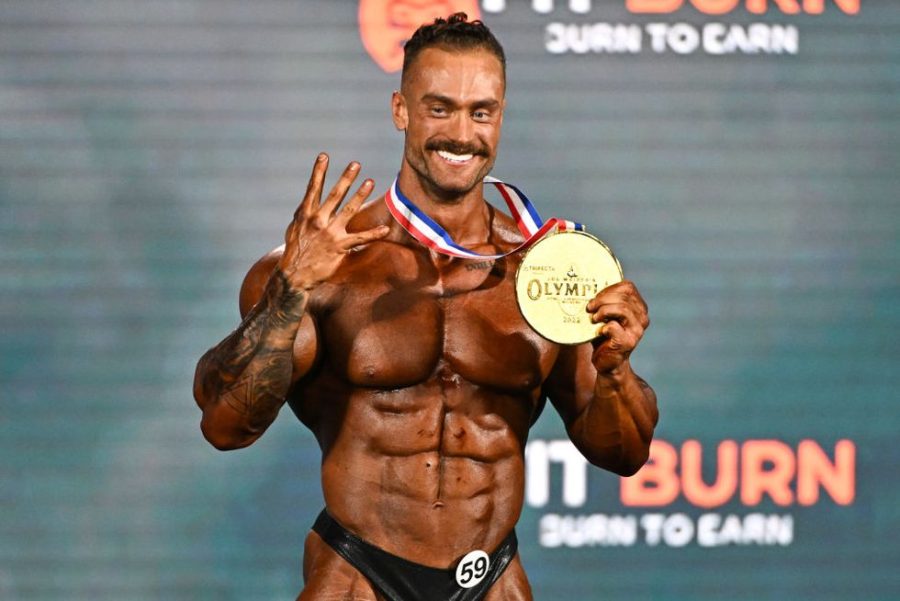Brickie Leaks: Uncovering the Hidden Stories
Dive into a world of revealing news and insights.
Muscle Myths That Even Gym Bros Still Believe
Discover the shocking muscle myths that even the most dedicated gym bros still believe—bust these misbeliefs and transform your workout!
Busting the Top 5 Muscle Myths Every Gym Bro Still Believes
When it comes to fitness, myths abound, especially among self-proclaimed gym enthusiasts, or gym bros. In this article, we’re going to debunk the top 5 muscle myths that continue to persist in gym culture. From misconceptions about protein intake to the belief that lifting heavier weights always leads to better results, these myths can derail your fitness journey. Understanding the truth behind these common misconceptions will help you make more informed decisions about your training and nutrition.
Myth #1: You need to lift heavy weights to gain muscle. The truth is, muscle growth occurs through numerous factors including proper form, progressive overload, and adequate recovery. Lifting heavy isn’t always the answer; many athletes achieve impressive gains with moderate weights by focusing on time under tension and overall volume.

Do You Really Need to Lift Heavy Weights to Build Muscle?
When it comes to building muscle, the common belief is that you need to lift heavy weights to see significant gains. However, this isn't the only path to hypertrophy. Various training methods, including bodyweight exercises, resistance bands, and lighter weight repetitions can also effectively stimulate muscle growth. According to the principle of progressive overload, increasing the volume, frequency, or intensity of your workouts can be just as beneficial as lifting heavy. Therefore, even if you're not lifting the heaviest weights, you can still achieve impressive results by challenging your muscles in different ways.
Moreover, lifting heavy weights can put stress on the body, increasing the risk of injury, especially if proper form is not maintained. Incorporating a variety of lifting techniques can provide a balanced approach to muscle building. Techniques such as supersets, drop sets, and time under tension focus on muscle engagement rather than solely on the amount of weight lifted. Thus, it is entirely possible to build muscle without constantly pushing your limits at the gym with heavy loads. Your individual goals, body type, and personal preferences should dictate your approach, making it clear that heavy lifting is just one of many options in your muscle-building arsenal.
Is More Protein Always Better for Muscle Growth?
When it comes to muscle growth, protein is undeniably important, but the notion that more protein is always better can be misleading. The human body has a limit to how much protein it can utilize at one time for muscle synthesis, typically around 20 to 30 grams per meal. After this threshold, excess protein may be converted to energy or stored as fat rather than contributing to muscle hypertrophy. Thus, understanding the optimal protein intake tailored to individual needs, activity levels, and body composition goals is crucial.
Moreover, while high-protein diets can support muscle recovery and growth, they should not come at the expense of other macronutrients. Carbohydrates and healthy fats also play significant roles in providing energy and promoting overall health. A balanced diet that emphasizes the right amount of protein, along with adequate carbohydrates and fats, is essential for anyone looking to maximize muscle growth effectively. Therefore, the key question is not just 'Is more protein better?' but rather 'What is the right amount of protein for optimal muscle growth?'